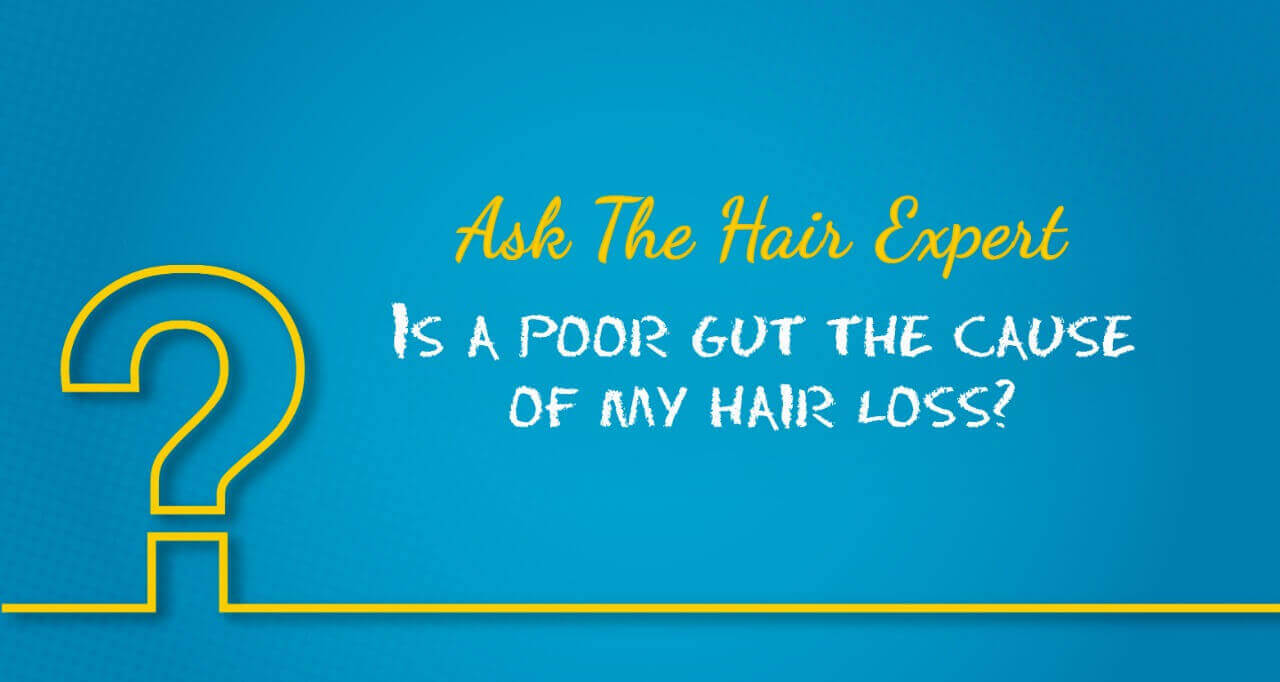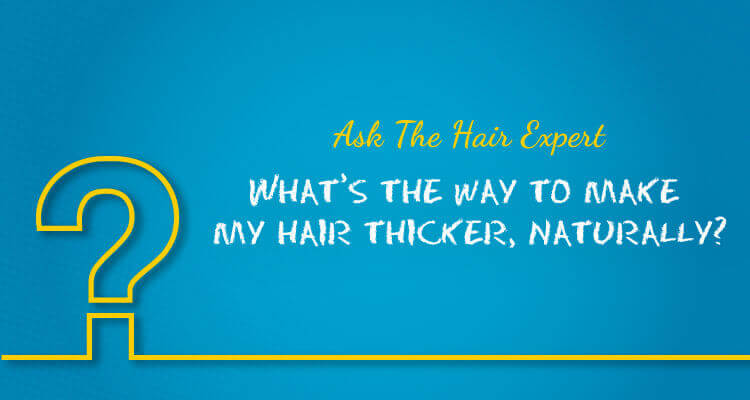Jessie: Hey gals, look at Rubina. Those curls are just so cute and bouncy on her. I wish I had them.
Rubina: Really? I have always envied your long locks. How on earth do you manage to maintain that length?
Beena: Vahi toh! I can’t think of having such long hair … the struggle to maintain them! Mera dekho! Short and simple.
Priya: Arey Beena! Thank God that your hair is shiny and silky. Who cares about the length, gals? My problem is this sticky sticky feeling. Phew! This oily hair is so very….. Huh!
Keerthi: Lo! Iss Priya ka problem oily hair hai toh mera problem dry hair!
Saisha: Arey Keerthi, you at least have something on your head to complain of dryness. Look at me. Damaged and so thin. Grrrhhhh! Kya karoon, samajh hi nahi aa raha!
That’s an excerpt from our lunch-table conversation yesterday. That’s also the trigger point for this blog piece. Aren’t such hair talks, relatable in our lives too? Jessie & Rubina, Meena aur Priya, Keerthi to Saisha. Each one of us is different. However, what we conveniently forget is that each of us has a different hair type as well.
Types of hair
If you think good and bad are the only types of hair days that you experience, let us tell you that you are getting it completely wrong. Your hair can actually exhibit different characteristics on different days or can be of a certain type forever. You need to identify this, know it well, analyze it, and take your hair related decisions accordingly.
One way to classify your hair type is by the type of the hair in the womb, just after birth and the one that’s found after puberty. Prenatal hair is called Lanugo. In simple words, these are the initial strands that grow while the baby develops within the uterus. Post-natal hair can be of two types – Vellus and Terminal. Vellus hair refers to the one that’s short and fine growing up to puberty, and Terminal hair is the thick, long one after puberty. Vellus falls off after one month, and Terminal hair takes over from there.
The other way to classify hair is based on the scalp’s oil or sebum production. This classification is perhaps what you are most likely to have come across – Oily, dry, normal, thin, damaged, limp are some types. You can also categorize hair based on its colour and texture such as blonde or brunette, curly or straight, etc.
Have you noticed beauty products with labels stating – ‘For oily skin types,’ ‘For normal skin types,’ ‘For all skin types’, etc. etc. etc. Can you sense something here? Yes. You are right! Your skin is different from the person next to you. Not just that. So is your hair. A product, a treatment, a home remedy method, or anything for that matter that suits your friend, needn’t necessarily suit you or vice versa.
Let us introduce a new concept in hair care or rather a concept that hasn’t been explained to you and explored properly before, perhaps. You are well aware of CC skin creams. For the first ever time, in the history of hair innovations, presenting to you – CC for hair. ‘Customised Care’ for your hair!
CC for Oily Hair
Oily hair is the little brother of oily skin. Oily scalp is the third sibling in their family. Although the scalp is oily and sticky, the tips tend to be dry. Oily hair generally means, you have a poor diet, hormonal imbalance, and stress. Oily hair looks its best after shampooing but soon loses its charm and feels coarse. So what do we have in store for our readers with oily hair? Some practical tips.
- Wash frequently – So, you have to take the hair bath more number of times to avoid that oily look. Go for a mild herbal shampoo, since severe shampoo can deplete your hair of its natural, essential oils too. Oily hair only loves water at the lowest temperature as possible.
- Condition the tips – While roots don’t require any more moisture, your tips require a conditioner.
- Avoid oils on the plate – There is enough and more oil on your head, demanding a diet free from fatty foods; and full of fresh fruits & vegetables and lots of water.
- Home-made hair masks – Mixture of multani mitti, amla, reetha, shikakai works awesome for oily hair. Shampoo after about 40 minutes. Peppermint oil is another option available at home. It has a cooling effect. Not just that, it is ideal for hair’s conditioning, removes dandruff and lice, normalizes and regulates oily hair being an astringent.
CC for Dry Hair
Rough, tangled, thin, brittle, split ends, coarse are some of the words that you can very well relate to if you are a ‘Dry hair’ person. Especially after shampooing, your dry hair throws bigger tantrums than a naughty kid. Blame it all on the lack of sebum production. Mineral and nutritional deficiency, overexposure to the sun, extensive use of heat appliances are also the other reasons for dry hair.
- Home remedies – Simple masks at home can keep your hair away from dryness and dullness. Try these out.
- A. A rose water scalp massage is all that your dry hair is asking for.
- B. You can also try a mix of olive oil and honey to a rice-papaya mash and apply before an hour to shampoo.
- C. Alternatively, take edible oil and honey in 1:1 ratio, mix, apply, rest for 15-20 minutes and rinse with cold water.
- D. Fresh grapefruit treatment moisturizes dry hair.
- E. Bananas are fantastic for dry hair. The minerals and nutrients in it help in recovering your hair, especially in the case of dry, dyed, and permed hair.
- Oil nourishment – Your hair care programme needs to have specific focus on hydration, lubrication, and aim to renew the oil and moisture content in the hair.
- Shampooing and Conditioning – Frequent shampooing is a nah nah for dry hair. If still need be, then go for a mild shampoo, just for daily cleansing purpose. No ignoring on conditioning your hair. Your wash is never going to be complete without this step – without a leave-in conditioner or serum.
- Water and food intake – Moisture is what your hair is desperately yearning for. Increase your water intake, coconut water feels like a feather on the cap. Fresh and hydrating elements, zinc-rich foodstuffs must find a place in your plate.
CC for Normal Hair
Blessed you are, if you have normal hair. Neither are you prone to excessive oil, nor are you going too dry or coarse. You are just perfect. However, ‘Practice makes a man perfect,’ in our case, ‘Practice makes mane too perfect.’ Normal hair type too requires time and effort to remain normal forever.
- Oiling+Cleansing+Conditioning – This three-step mantra is unparalleled. Tried, tested, and a trusted technique in hair care regime. Oil your hair thrice a week, then wash and condition it for best results. Do read our blog on tips for healthy hair.
- Hair hydration and diet – Lots of water, fresh fruits and vegetables, protein-rich and zinc-rich diet are some steps to follow to preserve hair at its best.
Are there just three types of hair and their respective care routines that we would want to discuss with you? Definitely not. There’s much more to share with you on this topic, all of them coming up in our sequel to this blog. Till then, ………………… Good, you guessed it right!
From hair care to hair trivia, from hair treatments to hair loss solutions, from getting your condition diagnosed by a hair expert and a ‘Hair and Scalp’ consultation done with the hair doctors to the nation, why look here and there when you can get 360-degree hair care at RichFeel? So….
Like. Share. Subscribe. Comment. Hit Bell Icon. Follow. Recommend to your family and friends. In short, use all options that are available to stay connected with us.
RichFeel Insta
RichFeel Facebook
RichFeel Youtube
RichFeel Blogs
RichFeel Website
RichFeel Clinics
Different Types of Hair. Different Ways to Care. 2.0.
To be continued…….



